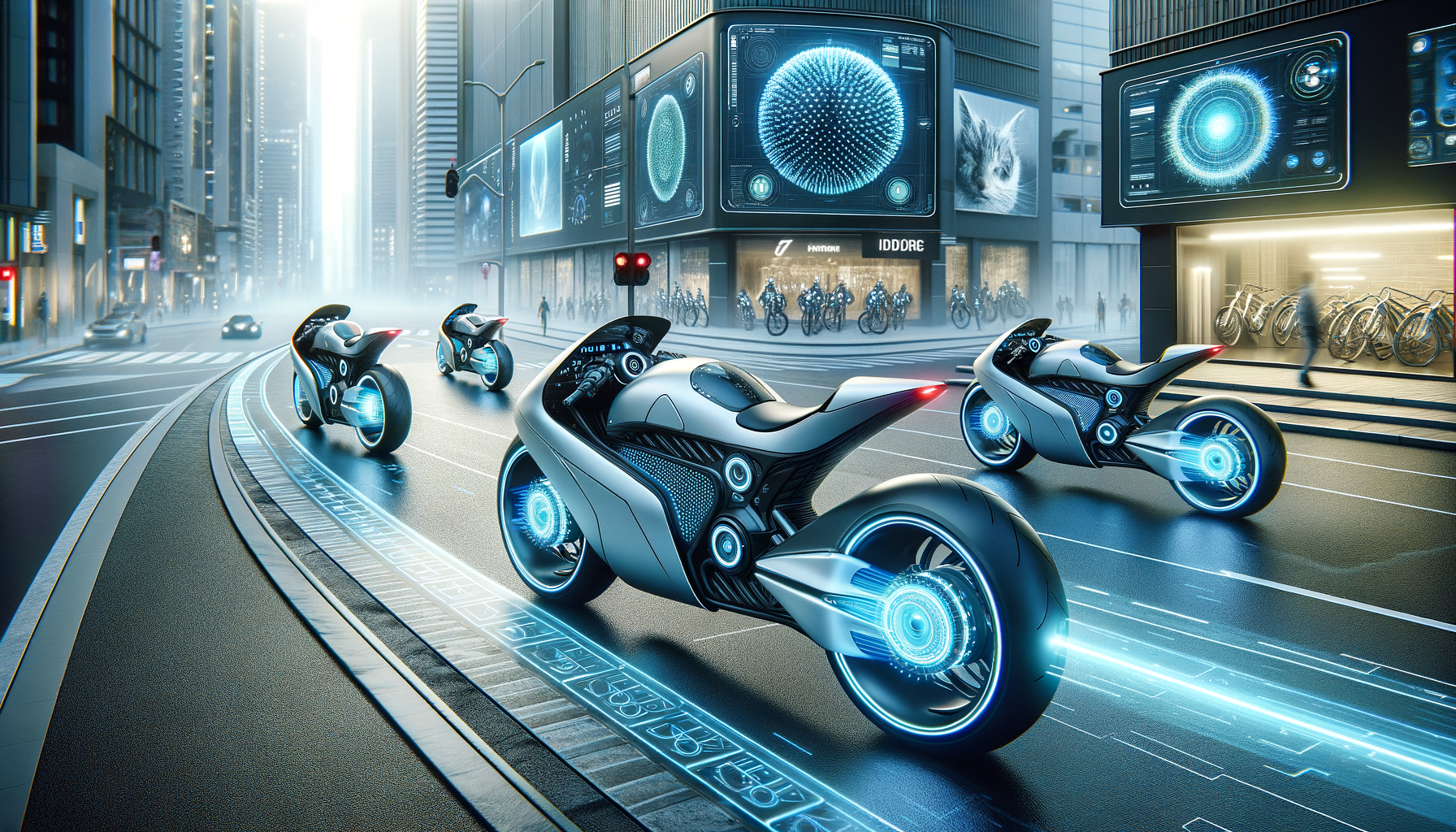Introduction to AI-Powered Motorbikes
In recent years, the world of motorcycles has been revolutionized by the integration of artificial intelligence (AI). AI-powered motorbikes are not just a concept of the future; they are a reality today, transforming the riding experience with advanced technology. These motorbikes incorporate machine learning, deep learning models, and intelligent sensor systems, making them capable of real-time adaptive safety, autonomous navigation, and predictive performance optimization. With these advancements, AI-powered motorbikes are setting a new standard in transportation.
Intelligent Systems and Their Impact
Intelligent systems in motorbikes are redefining how riders interact with their machines. These systems use a combination of sensors and AI algorithms to monitor and analyze various parameters such as speed, terrain, and rider behavior. This enables the motorbike to adjust its settings automatically, ensuring optimal performance and safety. For instance, some bikes can automatically adjust suspension settings based on the road conditions, providing a smoother ride. Additionally, intelligent systems can alert riders to potential hazards, such as obstacles or sharp turns, enhancing overall safety.
The impact of these intelligent systems is profound, offering riders a more intuitive and responsive experience. By leveraging data from the environment and the rider, these systems can make real-time decisions that enhance both safety and performance, making every ride more enjoyable and secure.
Autonomous Navigation: A New Frontier
Autonomous navigation is one of the most exciting developments in AI-powered motorbikes. By integrating GPS, LIDAR, and advanced AI algorithms, these motorbikes can navigate routes with minimal human intervention. This technology allows bikes to maintain safe distances from other vehicles, adhere to traffic signals, and even choose optimal routes based on current traffic conditions.
- Real-time traffic analysis
- Route optimization
- Collision avoidance systems
While fully autonomous motorbikes are still in development, the current advancements demonstrate significant potential. These systems are particularly beneficial for long-distance touring, where fatigue can compromise safety. By taking over some of the navigation tasks, autonomous systems can help riders focus more on the road and less on the logistics of travel.
Deep Learning Innovation in Performance Optimization
Deep learning models are at the heart of performance optimization in AI-powered motorbikes. These models analyze vast amounts of data to enhance various aspects of the riding experience. From engine performance to fuel efficiency and even rider comfort, deep learning algorithms continuously learn and adapt to improve the overall functionality of the bike.
For example, deep learning can optimize fuel consumption by analyzing riding patterns and adjusting engine parameters accordingly. This not only extends the range of the motorbike but also reduces emissions, contributing to a more sustainable mode of transportation. Additionally, deep learning models can predict maintenance needs, alerting riders to potential issues before they become significant problems, thereby reducing downtime and repair costs.
The Future of AI-Powered Motorbikes
The future of AI-powered motorbikes is promising, with ongoing advancements making these vehicles more accessible and affordable. As AI technology continues to evolve, we can expect to see even more sophisticated features that enhance safety, performance, and rider experience.
One exciting area of development is the integration of AI with other emerging technologies, such as augmented reality (AR). Imagine a helmet that provides real-time navigation and hazard alerts directly in the rider’s field of vision. This kind of innovation could further enhance safety and convenience, making motorbiking an even more attractive mode of transportation.
While premium models currently lead the innovation, newer, budget-friendly AI motorbikes are beginning to emerge, making smart riding accessible to a broader audience. As these technologies become more mainstream, they will likely redefine the standards of motorcycle design and functionality, paving the way for a new era of intelligent transportation.




Leave a Reply